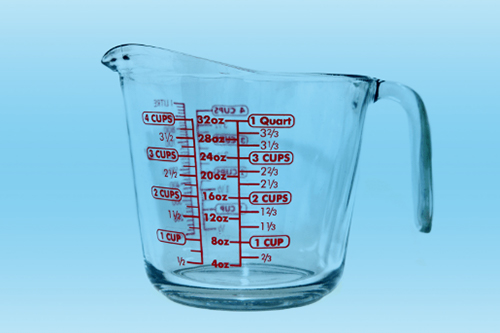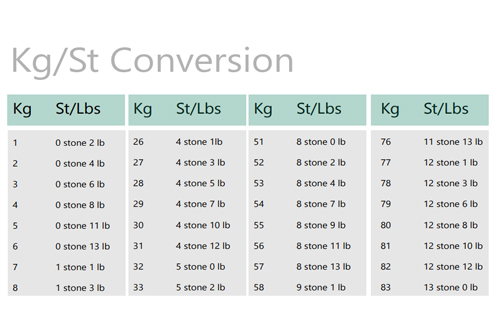Hazard Codes and Pictograms
Overview of Globally Harmonized System
The Globally Harmonized System (GHS) is used internationally. It establishes protocols for labelling hazardous chemicals. It standardises symbols and codes between countries. Standardised communication facilitates immediate identification of hazards. The system employs pictograms and designated signal words to indicate health and physical risks.
The primary objective is to safeguard personnel. It ensures that workers, emergency responders and consumers observe unambiguous warnings. The system comprises a limited number of well‑defined rules that can be readily learned. Experience indicates that a straightforward description may prevent hazardous incidents. The system is referenced in various safety documents, particularly in Safety Data Sheets, which are discussed later in this paper.
Common Hazard Codes
Hazard codes form an integral component of the Globally Harmonized System. These concise codes provide information regarding health hazards, flammability, reactivity and environmental impact. For instance, a code may indicate an irritant or a substance with a risk of fire. Examples include codes for toxic substances, corrosives and explosive materials.
Types of Hazard Pictograms
Hazard pictograms are symbols that represent specific hazards. The symbols are designed for immediate recognition. The flame pictogram indicates a fire risk or flammable liquids. The skull and crossbones symbolises acute toxicity. The exclamation mark indicates a mild health hazard such as skin irritation. Additional pictograms include a gas cylinder for compressed gases and an image of a bursting container to denote explosive materials.
Summary Table
The following summary table details GHS pictograms, the NFPA 704 Diamond and notes on GHS hazard statements.
--GHS Hazard Pictograms & Meaning
|
Pictogram |
Code |
Hazard Indicated |
Example Substances |
|
Exploding Bomb |
GHS01 |
Explosives, self‑reactives, organic peroxides |
TNT, azidoazide |
|
Flame |
GHS02 |
Flammables, self‑heating |
Acetone, methanol |
|
Flame Over Circle |
GHS03 |
Oxidisers |
Hydrogen peroxide |
|
Gas Cylinder |
GHS04 |
Compressed or refrigerated gases |
Liquid nitrogen, O₂ |
|
Corrosion |
GHS05 |
Corrosive to metals/skin/eyes |
NaOH, HCl |
|
Skull & Crossbones |
GHS06 |
Acute toxicity (severe) |
Cyanide |
|
Exclamation Mark |
GHS07 |
Acute toxicity (less severe), irritants |
Mild irritants |
|
Health Hazard (silhouette) |
GHS08 |
Carcinogens, mutagens, reproductive toxins |
Chromium VI |
|
Environment (fish/tree) |
GHS09 |
Aquatic toxicity (not mandatory in US) |
PCBs, pesticides |
For more technical information and support, please check Stanford Advanced Materials (SAM).
--NFPA 704 “Fire Diamond”
|
Section |
Colour |
Rating (0–4) |
Meaning |
|
Health |
Blue |
0 (no hazard) – 4 (deadly) |
Severity of health risk |
|
Flammability |
Red |
0 (no fire) – 4 (very flammable) |
Ease of ignition |
|
Reactivity |
Yellow |
0 (stable) – 4 (explosive) |
Chemical stability/reactivity |
|
Special |
White |
OX (oxidiser), W (reactive with water), SA (simple asphyxiant) |
Specific hazards |
--GHS Hazard Statements (Selected)
Below are standardised H-codes that describe hazard properties, with examples:
· H200–H208: Explosive and self‑reactive substances
· H220–H228: Flammable substances (gases, liquids, solids)
· H290: May be corrosive to metals
· H300–H312: Acute toxicity (fatal/toxic/harmful)
· H314: Causes severe skin burns and eye damage
· H350: May cause cancer
· H400–H412: Aquatic toxicity (acute/chronic)
For a full list, refer to the official GHS Rev. 10 classification.
Application in Safety Data Sheets (Safety Data Sheets)
Safety Data Sheets are documents containing detailed chemical information. They include sections that specify hazard codes and pictograms. Safety Data Sheets instruct workers on the proper handling of chemicals and provide guidelines for storage, handling and emergency response.
In several industrial settings, Safety Data Sheets explicitly indicate the presence of flammable pictograms and hazard signal words. Workers are trained to adhere to these instructions. In one recorded instance, a worker in a workshop refrained from improper chemical use after consulting the Safety Data Sheet. Such measures have been associated with a reduction in incident frequency.
The utilisation of Safety Data Sheets ensures that personnel know the appropriate actions in case of an accident. Each sheet is divided into sections that facilitate rapid location of information. Sections covering hazard codes and pictograms are typically positioned first, thereby expediting reference during emergencies.
Conclusion
Hazard codes and pictograms are essential tools for chemical safety management. The Globally Harmonized System standardises hazard communication internationally. Standard hazard codes, pictograms and signal words enable personnel to identify safety risks promptly.
Frequently Asked Questions
F: What is the purpose of hazard pictograms?
Q: They are symbols that indicate specific hazards associated with chemicals.
F: How do Safety Data Sheets help with hazard communication?
Q: They enumerate hazard details, display pictograms and provide handling instructions.
F: Why is the Globally Harmonized System important?
Q: It establishes a uniform method for labelling chemicals, thereby safeguarding workers and consumers.

 Bars
Bars
 Beads & Spheres
Beads & Spheres
 Bolts & Nuts
Bolts & Nuts
 Crucibles
Crucibles
 Discs
Discs
 Fibers & Fabrics
Fibers & Fabrics
 Films
Films
 Flake
Flake
 Foams
Foams
 Foil
Foil
 Granules
Granules
 Honeycombs
Honeycombs
 Ink
Ink
 Laminate
Laminate
 Lumps
Lumps
 Meshes
Meshes
 Metallised Film
Metallised Film
 Plate
Plate
 Powders
Powders
 Rod
Rod
 Sheets
Sheets
 Single Crystals
Single Crystals
 Sputtering Target
Sputtering Target
 Tubes
Tubes
 Washer
Washer
 Wires
Wires
 Converters & Calculators
Converters & Calculators
 Write for Us
Write for Us





 Chin Trento
Chin Trento



